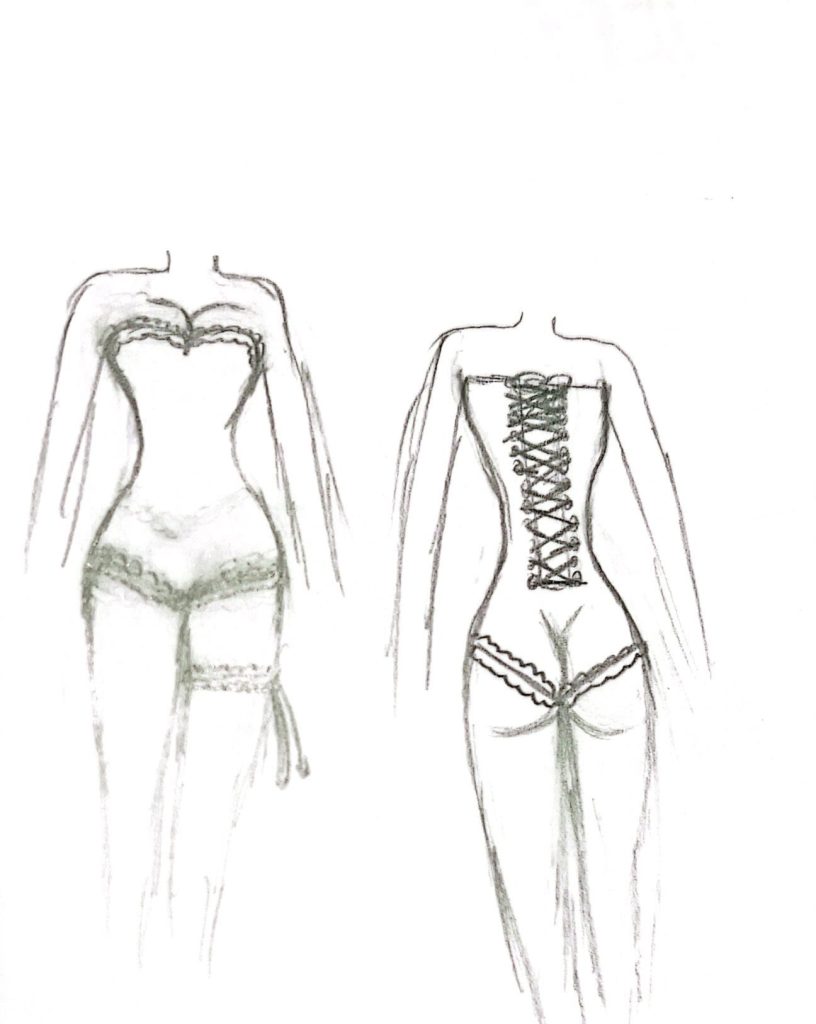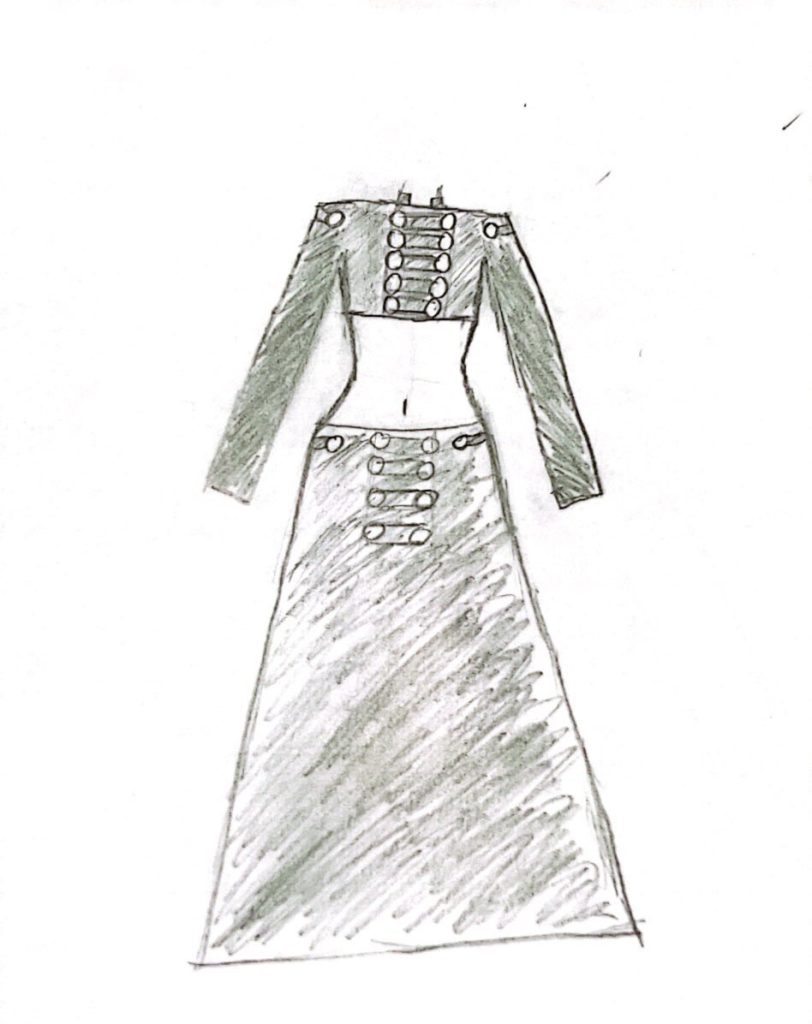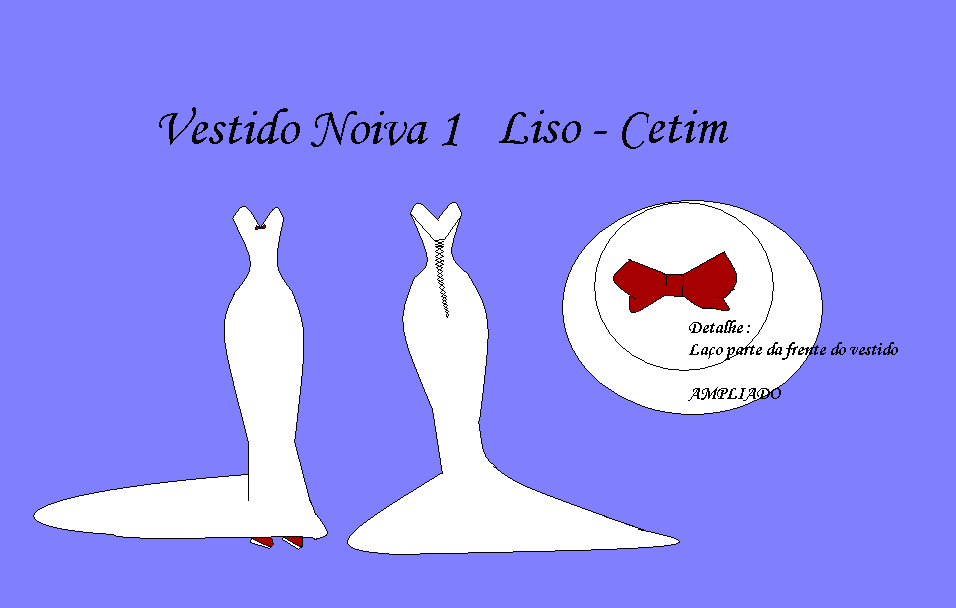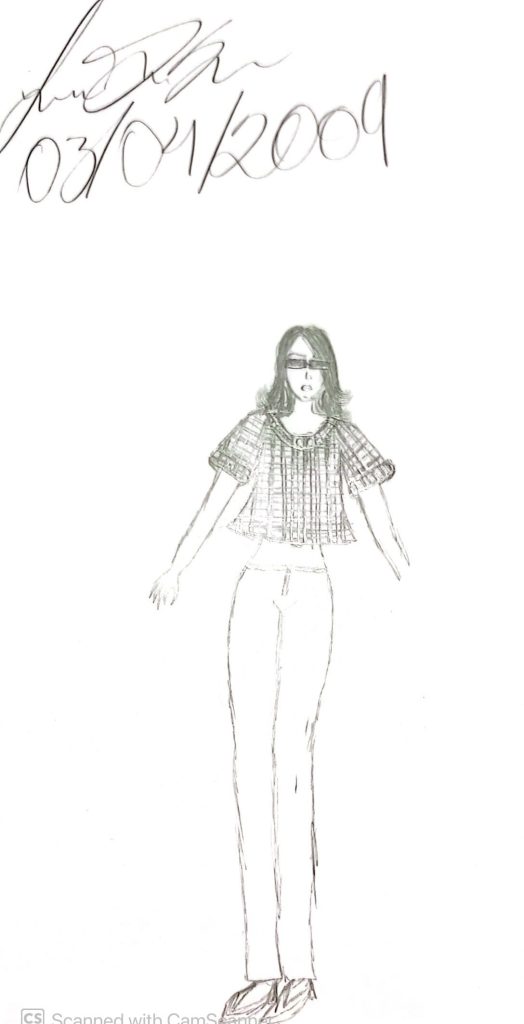
Variations on Chanel’s little black dress during the Chanel: The Legend exhibition, Gemeentemuseum, The Hague, Netherlands 2014. Photo by Marion Golsteijn, CC BY-SA 3.0
“I think it is a way to express oneself and a culture as a whole,” says Luci Estrada, Brazilian-born, former model and now, fashion designer and fashion design lover. As she says, she’s always reading and sewing something to keep her creativity running. As it’s very interesting how fashion plays a very important role in the culture and history of a certain country and the world in general, we talked with Luci about fashion, history, culture…
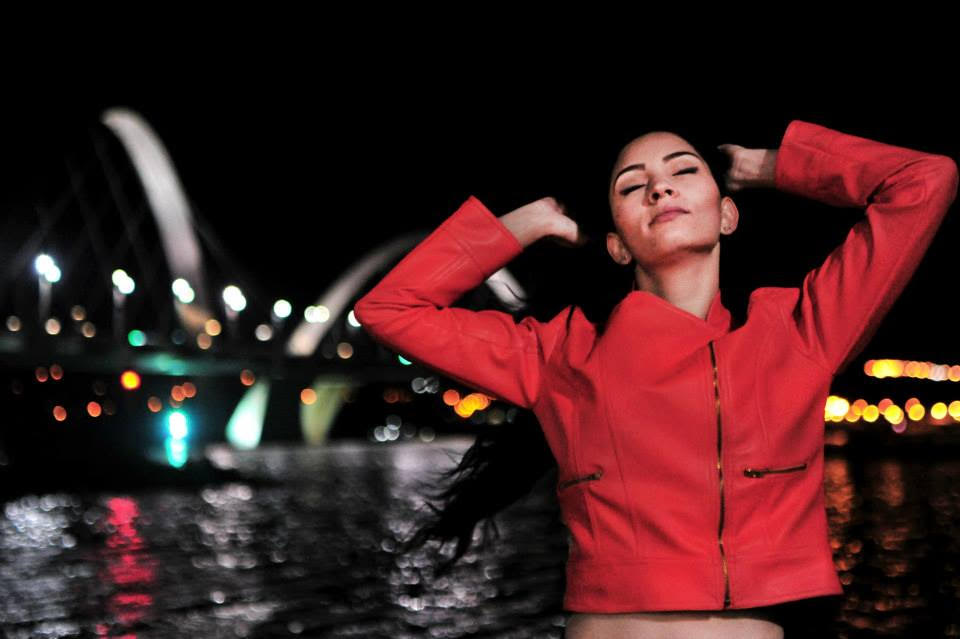
THA: How did you become so passionate about fashion?
Luci: It all started in my childhood, I used to customize my old Barbie clothes and asked my mom to help sew them. I also joined a hand embroidery community class. In second grade I was recruited in school to be a runway model and participate in a kids model competition. When I was 14 years old I made a sewing kit and started buying magazines to learn how to sew and at the same time, I started to draw clothes. At the age of 16, it was very hard to find clothes that I liked and that fit me, so I enrolled in a sewing class and started to make some clothes for myself.
Luci’s designs (Images: Luci Estrada)
Images: Luci Estrada
20th Century Fashion: So Many Moments
Luci says there are so many significant moments in 20th-century fashion history, but one event, in her opinion, was crucial.
THA: In your opinion. What were the most significant moments in 20th-century fashion history?
Luci: Wow! So much happened in the 20th century that completely changed fashion history. The end of the Victorian era, Coco Chanel’s designs, World War I and II, the influence of Hollywood stars, the feminist movement, the emergence of hip-hop style…But in my opinion World War I brought drastic changes in fashion history. As women took over men’s jobs, the corsets little by little disappeared, and women started wearing uniforms like overalls and trousers that before were exclusive to men.
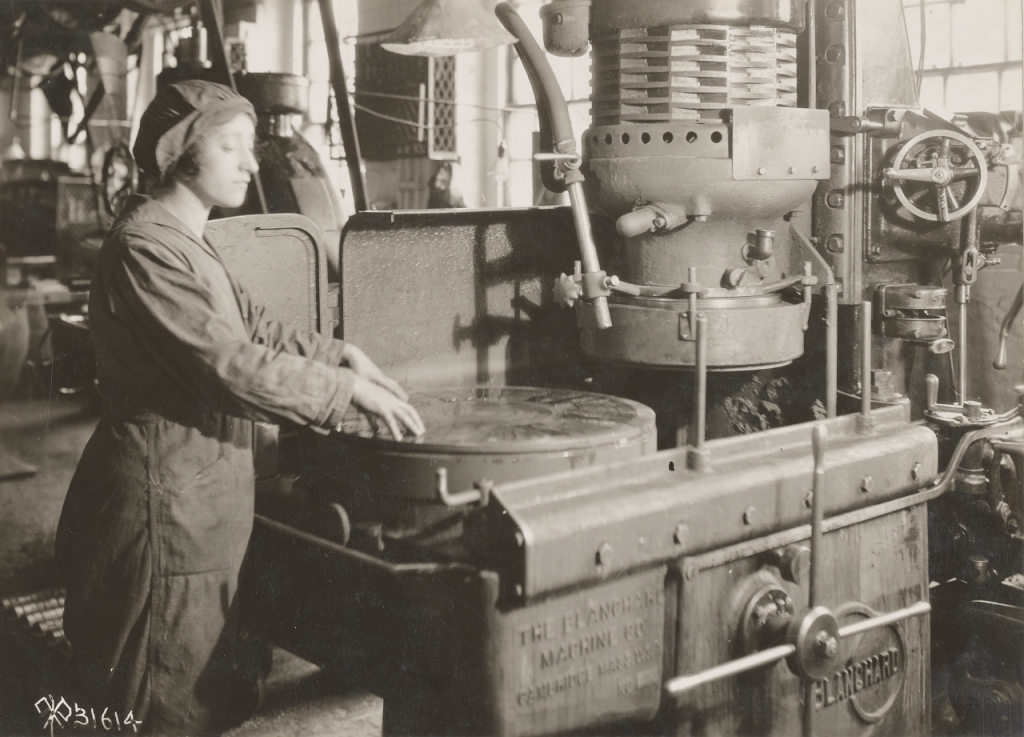
Beautiful and practical, that’s what Luci says about famous designs of the 20th century. She especially emphasizes one designer…
THA: Do you agree the fashion designer needs to be a sort of revolutionary to succeed?
Luci: Yes and no! Sometimes less is more! Lol We see some designs that are way too much, and that may be great for an Oscar event or something of the sort but are not wearable daily. If you think back, all the great designers back in the 20th century were successful because their creations were beautiful and practical. Coco was responsible for the plain black dress that we all have in our wardrobe and it was revolutionary at that time because no one used a black dress unless you were morning. Some independent designers are going into bankruptcy even though celebrities are wearing their clothes, and that’s because their designs are not made for everyday life. It’s not sustainable!
Fashion, Culture, and Identity
Luci believes that society influences fashion. When society changes, fashion changes too. That intensively happened during World War II when women took men’s jobs and the feminist movement took over. That influenced the fashion history of the second half of the 20th century.
THA: Would you say society influences fashion or fashion influence society?
Luci: I believe that society influences fashion. Every time a big change takes place in society, fashion adapts to it. That was the case in the past and we can see it now with the gender-fluid movement. I also believe that fashion influences behavior. There are some scientific experiments about how what we wear can influence our mood, actions, and thinking. That being said with the social media phenomenon it is common for someone to start a fashion trend and everyone else to follow.
THA: We all know that, especially in the second half of the 20th century, certain cultural movements strongly influenced fashion trends. What do you think, why did that happen so intensively?
Luci: Well with World War II and women taking men’s jobs again, the movement feminist took over. We had women joining the war, wearing suits. We had the zoot suit or “Pachucas” being used by a lot of Mexican-American women who were strongly associated with the feminist movement. Yves Saint Laurent in the 60s brought to the scene “le smoking”, the first tuxedo designed for women, and of course the famous mini skirt was also created in 1966.
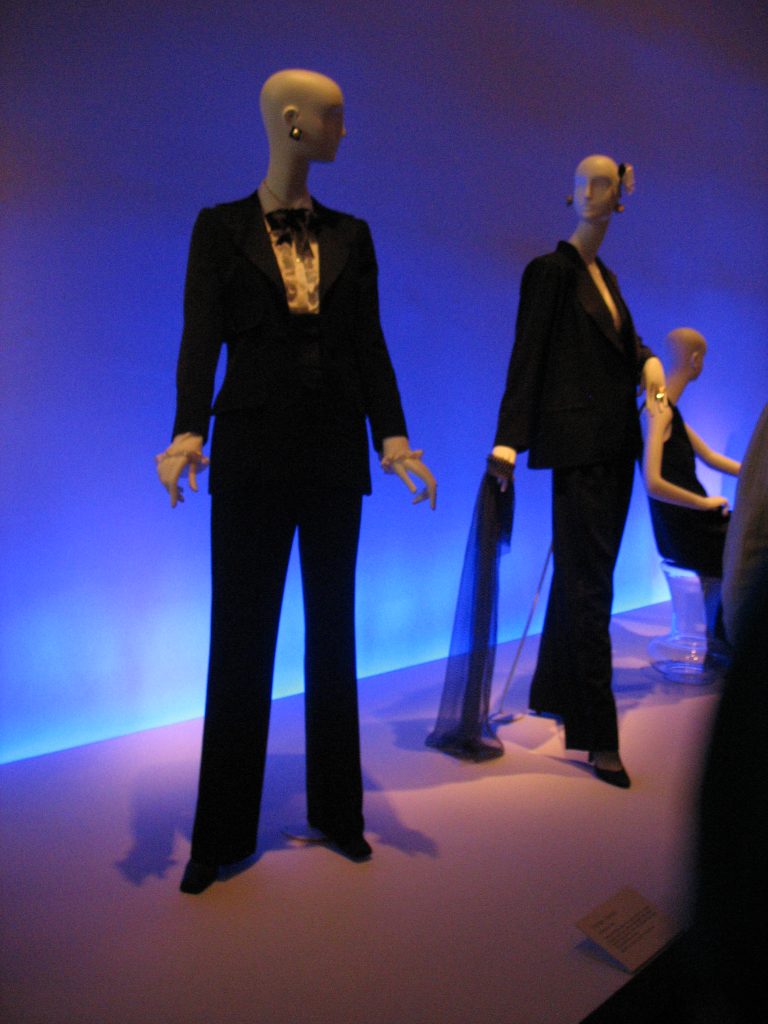
Fashion also adapts to the environment, confirms Luci, and states it isn’t always good to blindly follow trend after trend, especially for young people.
THA: How big is the importance of fashion for a certain culture? What do you think?
Luci: I think every culture has its way of seeing fashion and its trends. Every country and even every state has its fashion and again I think it is a way to express oneself and a culture as a whole. Funny enough is an unconscious process. I noticed how moving to another country and also to another state, how my fashion style adapted to my environment.
THA: Do you think some people are losing their identity by following certain fashion trends?
Luci: Yes! Especially young people who are developing identity can get lost following trend after trend and losing their personality. Fashion is art and we should use it as a way to express ourselves and not necessarily follow all the tendencies.
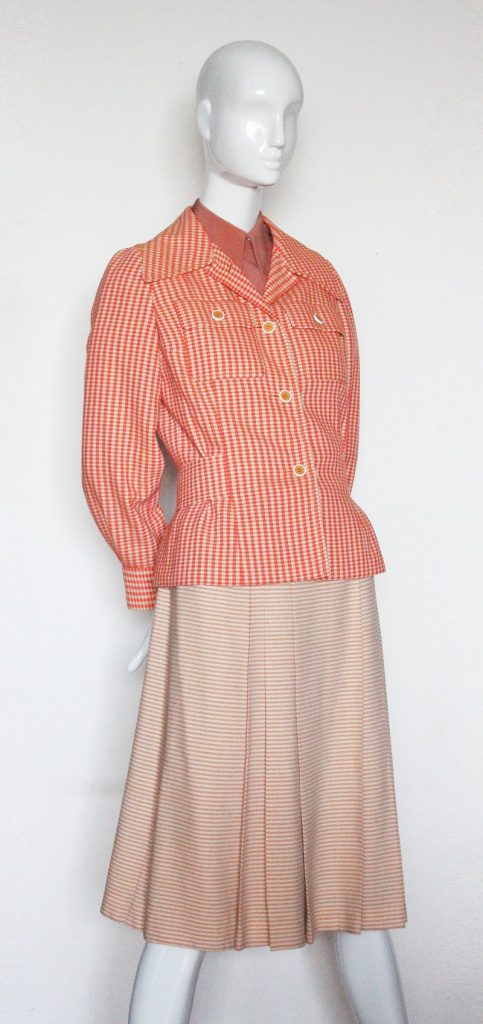
There is one movement that transformed today’s fashion…
THA: And in the end, let me return to the history. In your opinion, which cultural movement (or individual) had the greatest impact on 20th-century fashion?
Luci: It’s so hard to pick one cultural movement or one individual. I believe a series of events and individuals were little by little promoting the changes. If I have to pick, the feminist movement in my opinion transformed the way we perceive the world and of course fashion.
